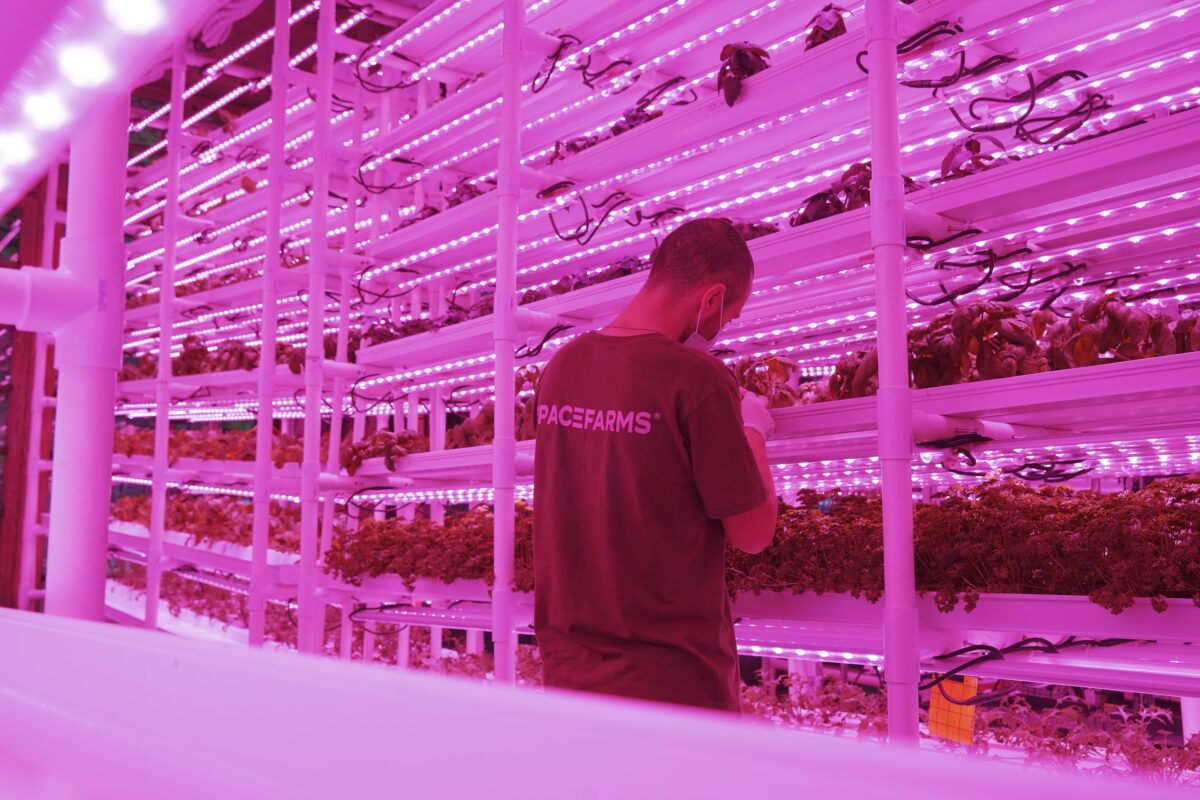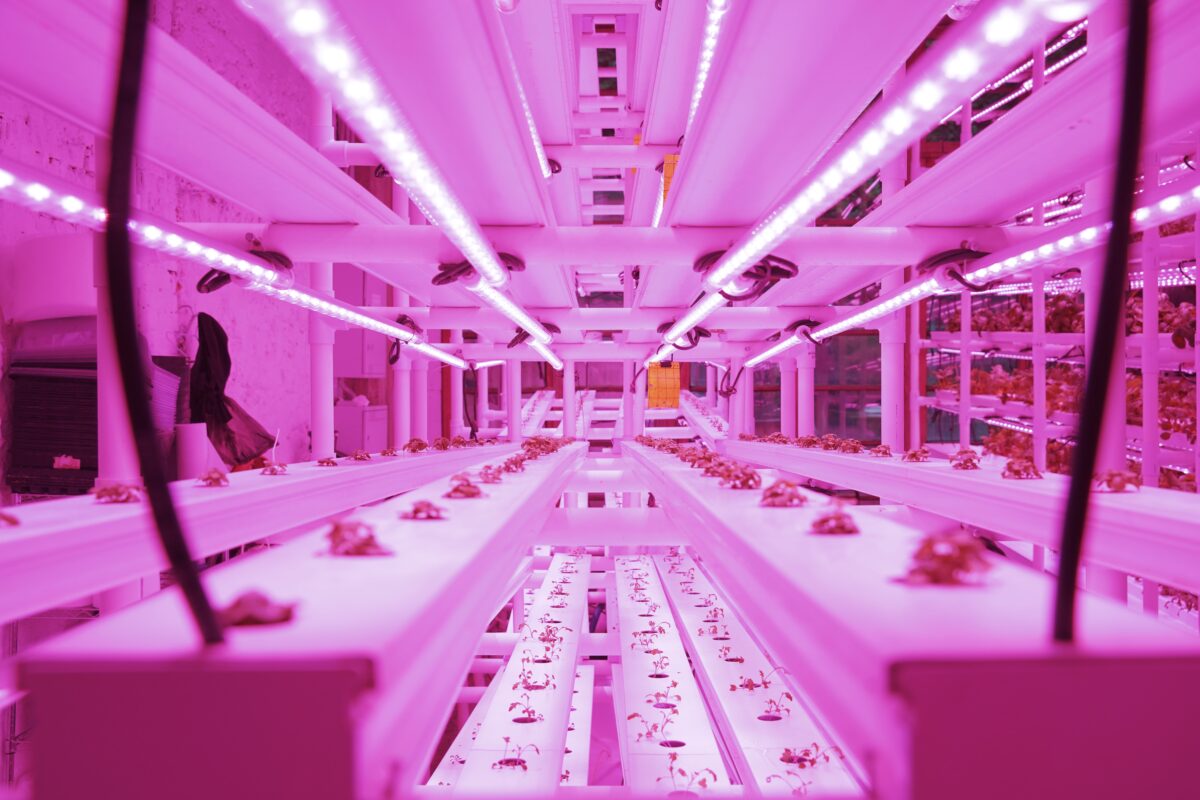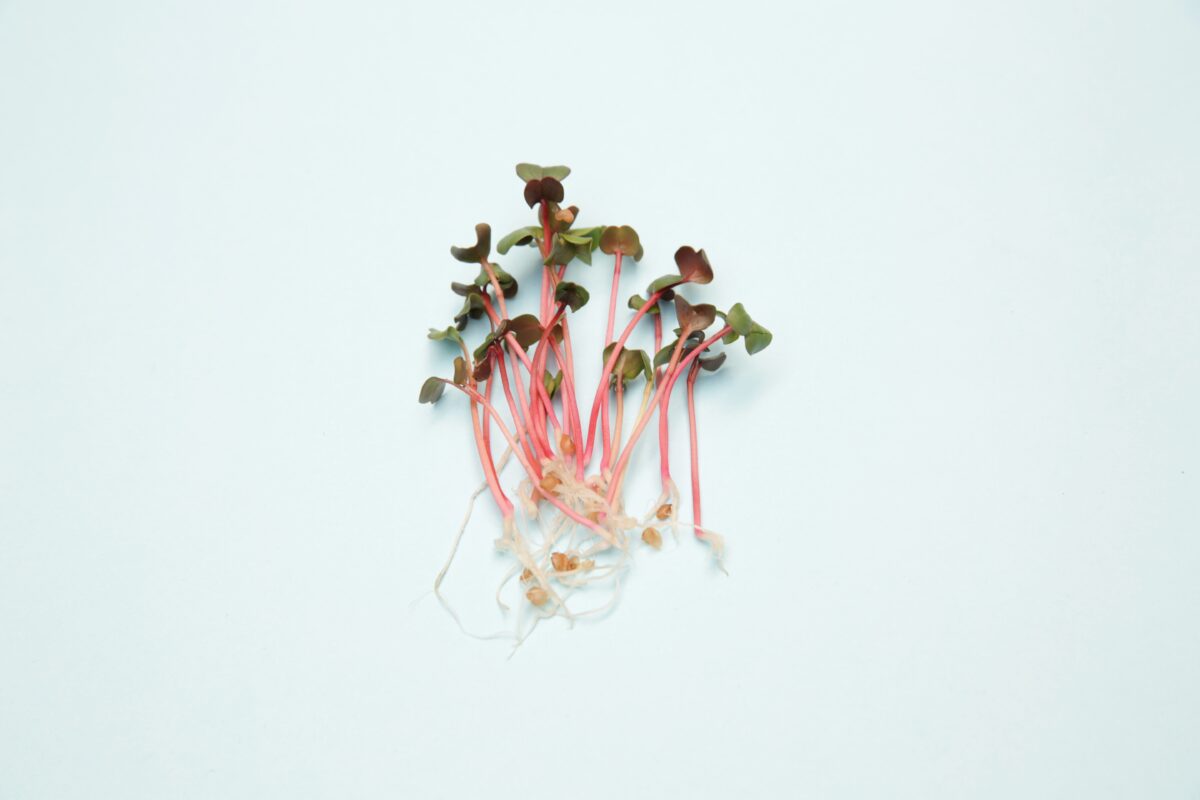Being a part of the largest record-holding population the world has ever witnessed might seem like a blessing, which it truly is, but the problems we face because of overpopulation might convince us otherwise. One of the main issues caused by more and more people being born is world hunger, currently on the rise, affecting 9.9 percent of the world’s population; To make the image clearer, precisely 811 million people go to bed with an empty stomach every night. We, as world citizens, have a responsibility to feed the ever-growing population, and one possible answer to this is vertical farming.
Another issue that our planet faces is overproduction and its consequences harm the environment daily. At the moment, half of the world’s habitable land, millions of hectares, is taken up by agricultural pursuits, leaving thousands of species homeless. Due to the use of pesticides, chemical fertilizers, and animal waste, agricultural activities also contribute approximately 30% of the world’s greenhouse gas emissions.
As the world’s population is expected to increase by an astonishing 2 billion people by 2050, farmers are slowly starting to realize how vital sustainable agricultural practices are so we do not wreck the future of the planet by increasing greenhouse gas emissions and destroying healthy ecosystems.
What is Vertical Farming?
Imagine going into a cafe on a freezing December day to order a salad made with fresh locally-harvested lettuce, ripe red tomatoes, and fragrant basil. It sounds unrealistic, right? Wrong. With the help of vertical farming, you can get fresh crops from a local farm that was harvested just hours before you arrived.
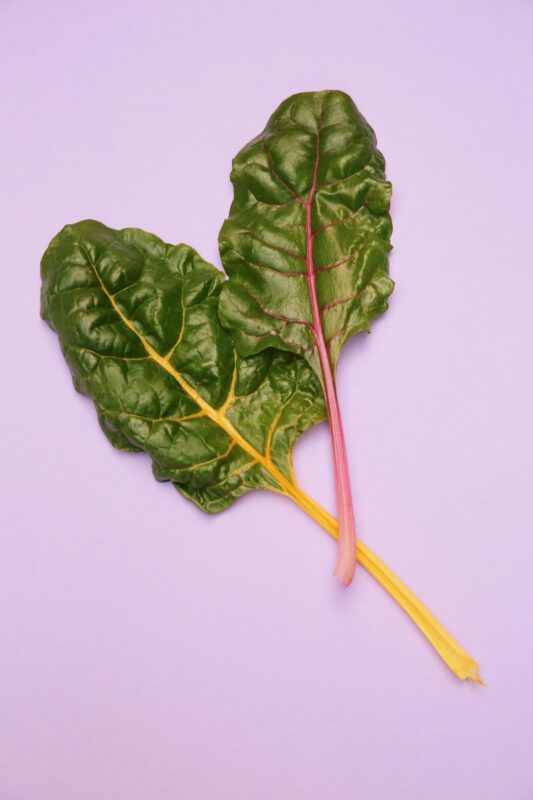

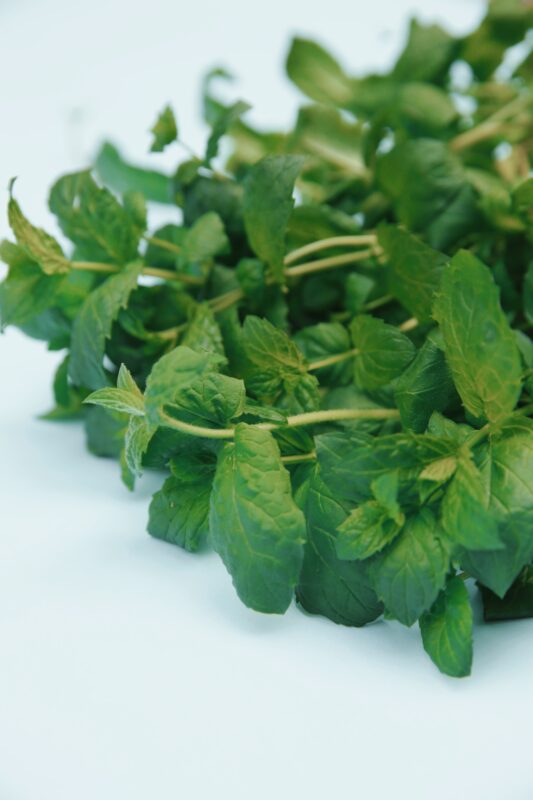
So what is this vertical farming? Vertical farming is the practice of growing produce on vertically stacked structures, rather than horizontal surfaces, which we see in traditional farming. The environment in vertical farming is fully controlled, meaning that humidity, temperature, gases, and light are manipulated and are not dependent on mother nature. The main purpose of vertical farming is to reach maximum productivity with the least possible space and waste.
Vertical Farming Ensures Consistent Year-Round Crop Production
As already mentioned, vertical farming isn’t dependent on the weather making it super reliable. It means that no matter what season of the year, a climate-controlled environment makes it possible to get consistent food production without compromising on quality or flavor.
More Optimal Use Of Space
Traditional farms take half of the world’s habitable land, which is unsustainable. Even if the picture was different, with the ever-growing population, it is impossible to find even more fertile land that would play its role in resolving world hunger. Vertical farming allows higher productivity in a relatively small place thanks to its stacking growth system.
To make it even easier to imagine, a half hectare of a vertical farm could grow the equivalent of 4-8 soil-based hectares.
Reduced Usage Of Water
Soilless farming needs far less water compared to traditional farms and since water is clean after usage, it can be reused which cuts down waste and reduces the final cost. Using less water means a less negative impact on the environment and dwindling water supply.
Pesticide-free Food
Pesticides are chemicals used in agriculture to control organisms that might invade crops including insects, weeds, fungi, etc… As much as pesticides are needed in traditional agriculture, they carry potential toxicity danger in humans. Several health effects can be induced by pesticides including cancer, effects on immune, nervous, or reproduction systems.
Thanks to vertical farming, pesticide-free produce is achievable.
Reduced Transportation Costs
Transporting food is not an easy task, especially when it comes to crops that cross countries, oceans, and continents.
Growing crops in a vertical farm is achievable everywhere, and when the customer lives nearby products arrive at a place in its freshest form and the transportation costs are reduced, making it incredibly profitable and eco-friendly.
Is Vertical Farming The Answer?
Vertical farming could be the answer to several problems we face and will face even more dramatically in the future. It is sustainable and super beneficial taking into account the reduced water and space usage as well as its dependency on mother nature. urban farming could play its role in solving the main problem of feeding the ever-growing population sustainably and affordably, so with more research, vertical farming may become the new normal.
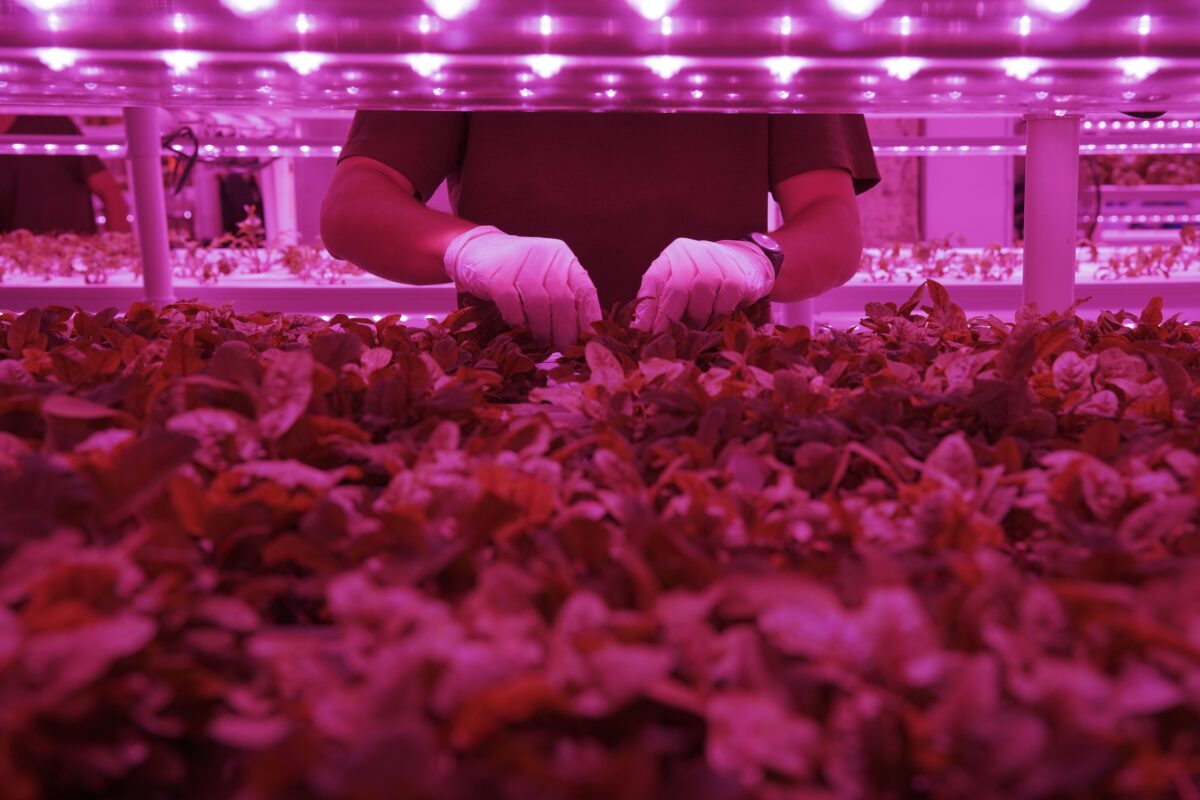

 Eng
Eng Geo
Geo
